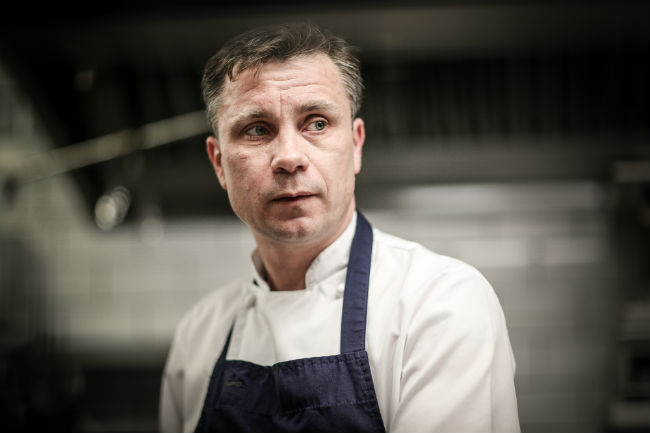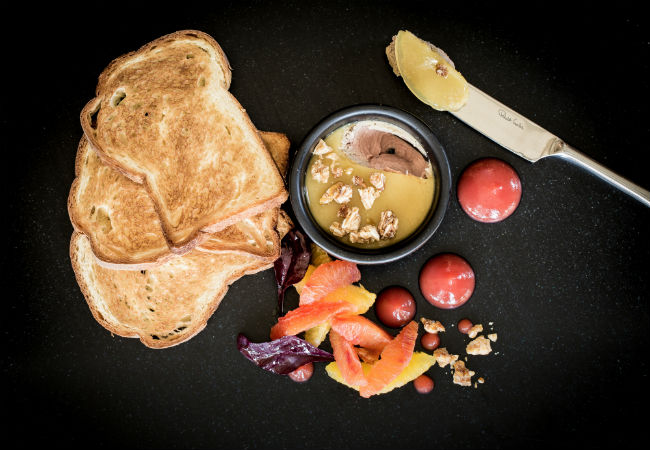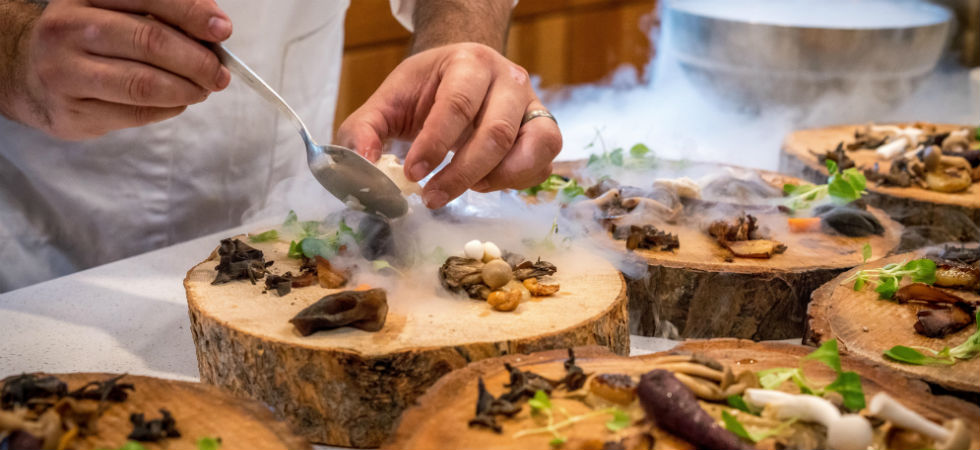Foraging has continued to rise in popularity in recent years, as more people are becoming aware of the fruitful bounties which can be found just a stones-throw away from their homes. No longer an eccentric pursuit and championed by an army of celebrity chefs, foraging is now seen by many as a fun way of exploring the outdoors, while gathering a harvest of free and delicious wild foods.
Autumn is one of the best times to forage, with plants revealing their bounties hidden in the warmer months, and with sprawling landscapes, Devon is a thriving wild supermarket. From nettles and mushrooms, to weeds and berries, there is a variety of wild food on offer.
However, for the keen forager it is essential to understand the basics of wild food hunting, including what can and cannot be eaten with the huge diversity of wild plants likely to be daunting. Foraging champion and co-owner and chef at Plymouth based brasserie Barbican Kitchen, Chris Tanner, provides his top tips for amateur foragers.

Picking paradise
Chris Tanner says: “Devon is one of the best places to forage, with an abundance of plants and wild foods on offer all year round. Both my brother James and I have been foraging for many years, and there is no better feeling than the anticipation of hunting and finding an elusive wild food – however, a keen forager should never give up their hunting ground!
“All our dishes at Barbican Kitchen change with the seasons, making the most out of the freshest produce available throughout the year, and just some of the foraged ingredients we use include; mushrooms, blackberries, elderflower, sea vegetables and wild garlic. We also source some foraged ingredients from our local suppliers, including varied types of seasonal mushrooms and samphire.”
Chris Tanner’s Top Foraging Tips:
Do your research:
Improve your understanding of the range of wild foods available by doing research, or even better, enrol on a beginners’ foraging course. This will help you to not only meet other experienced foragers but also develop your identification skills – a lot of plants look very similar; however, some can be extremely poisonous if eaten.
If you don’t know what it is, don’t eat it!
Beginners should try and familiarise themselves with poisonous wild foods to understand what to avoid when foraging. For example, learning how to identify hemlock and fox glove, two of the most common dangerous plant species, will ensure you do not make a costly mistake in the future.

Get to grips with the local environment:
There is no better place to start foraging than in your local area, and you would likely be surprised at how many edible plants, herbs and wild foods can be found on your doorstep. Devon is home to a diverse mix of edible plants, and Autumn is one of the best times to hunt mushrooms, sea vegetables and berries.
Start with a plan:
It’s best to start with a plan of what you want to find, as well as knowing the places you are most likely to find your ideal wild foods. For instance, mushrooms prefer to grow in woodlands containing pine, oak, birch and beech trees, while berries can be found pretty much anywhere. If you are on the hunt for wild garlic, then you could be searching for a while, with the first shoots appearing in February.
Make the most out of your finds!
You didn’t spend all those hours foraging to simply chop up your finds and put them in a salad. Use your new fresh ingredients to make something special, combining them with complimentary flavours. It doesn’t have to be difficult either. For example, with wild mushrooms simply sauté them with tarragon and serve with chargrilled sourdough for a breakfast with a difference.






















